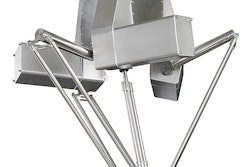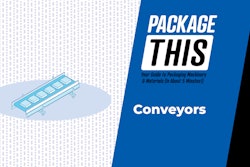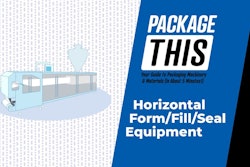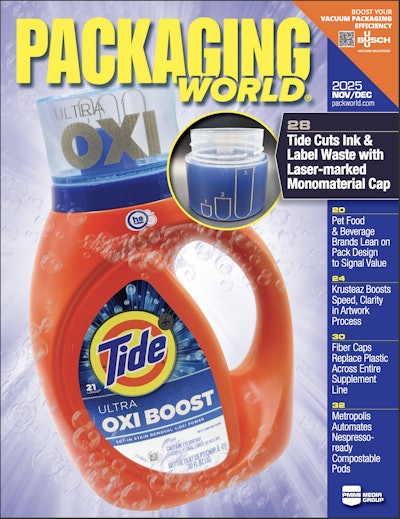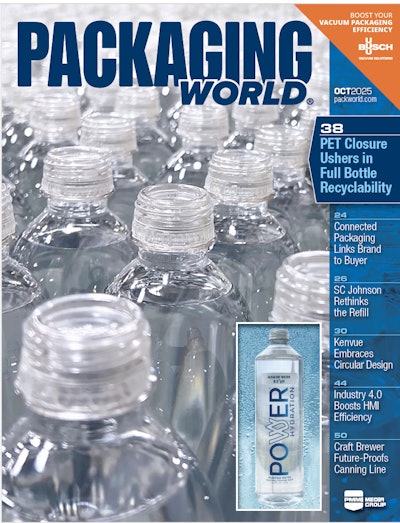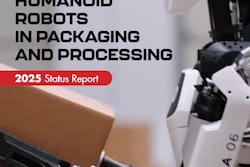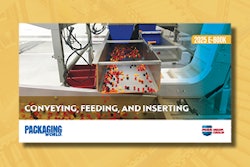This week we present the part of the Pilz white paper that addresses safe automation in particular:
It's important to provide the operator with comprehensive information and to offer targeted support, with the aim of rectifying machine standstills as quickly as possible. The starting point for this concept is the fact that operators are fairly unfamiliar with many of the operations relating to safety technology. Why? Because as a rule, they don't occur very often. Safety technology mainly remains invisible; it's only noticed when people or machinery need protection from hazards.
So the triggering of a safety device is not a standard operation. Consequently, operating personnel are quickly overstretched by the situation and by how to rectify the "fault" because it is not routine. As a result, the machine's downtime tends to be much longer than it needs to be.
Therefore, the diagnostic function of a programmable safety system or safety relay must clearly provide more information to compensate for the operator's lack of routine. The diagnostic function must be improved in such a way that the operator needs as little prior knowledge as possible in order to come to a quick solution.
To bring this about, you must first of all meet the operator at the lowest possible level of knowledge in order to guide him towards the solution step-by-step. The aim is for him to reach a position in which he can put the plant back into operation as quickly as possible.
"Meeting the operator" means not only showing him the location of the relevant device (for example a familiar equipment identifier) and the time at which the event occurred, but also signaling what happened in plain text.This way, he receives all the necessary information at once-what happened where and when. Guiding the operator step-by-step through the solution also means telling him what to do in order to put the fault right. This can also be done through messages in plain text.
More than 90 percent of the time, this is enough to enable the operator to remedy the standstill immediately. And the remaining 10%? If the first proposed solution doesn't work because there is an actual technical defect, the diagnostic system will display other proposed solutions. For example, the advice may be to contact maintenance staff immediately in order to rectify the fault as soon as possible. In this way, the diagnostic concept provides up to eight proposed solutions per event, helping the operator to rectify even complex errors.





